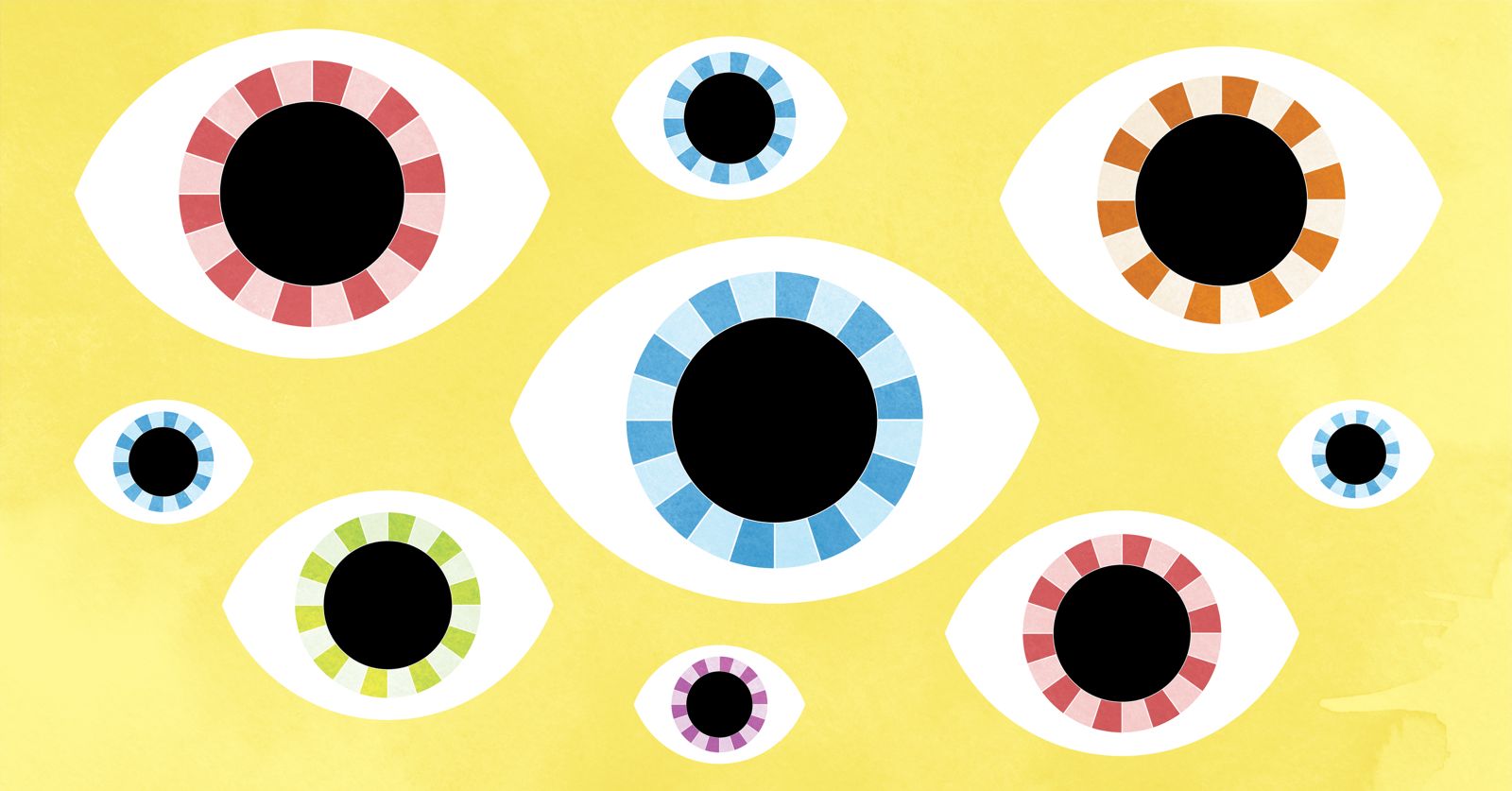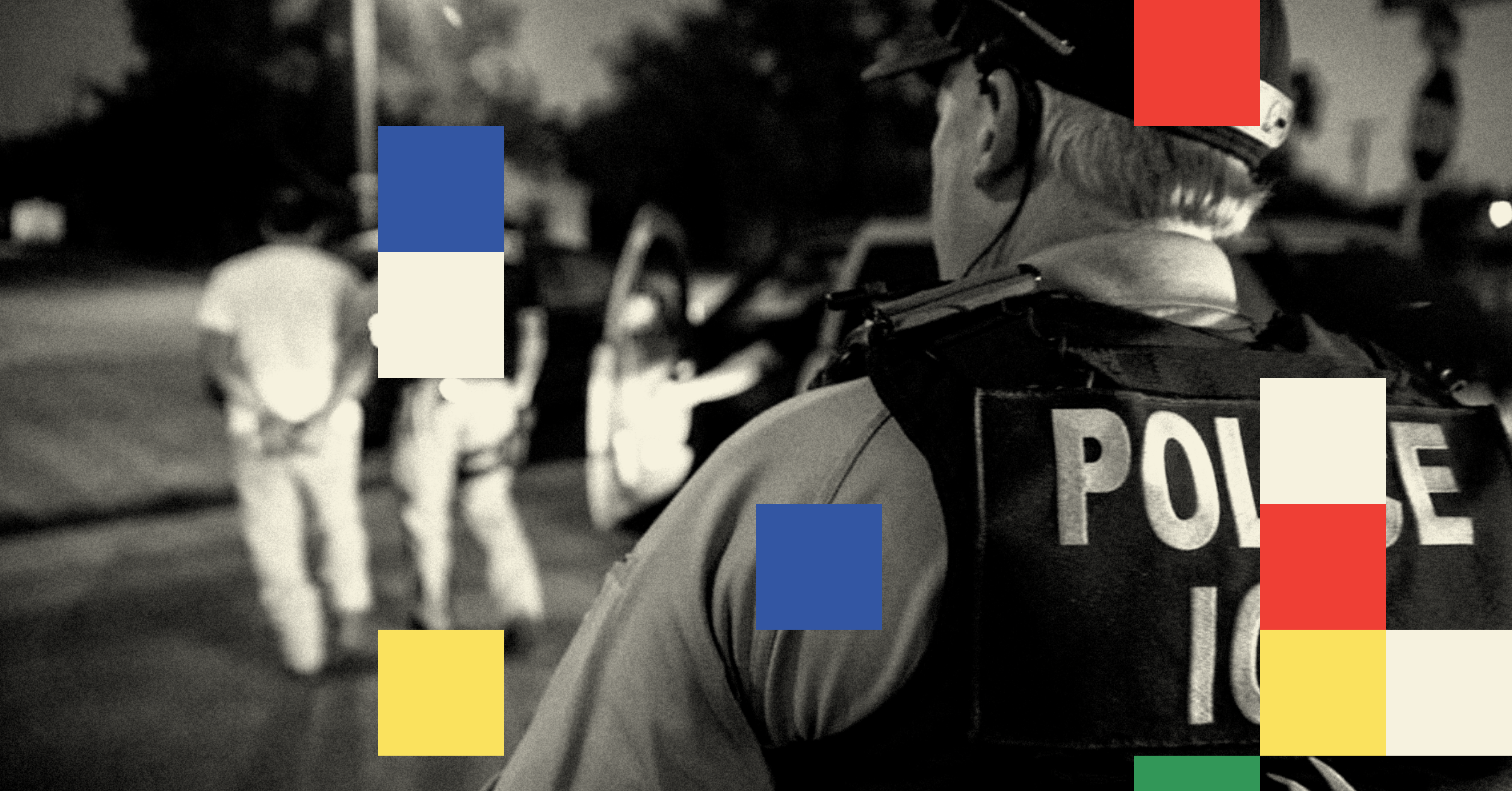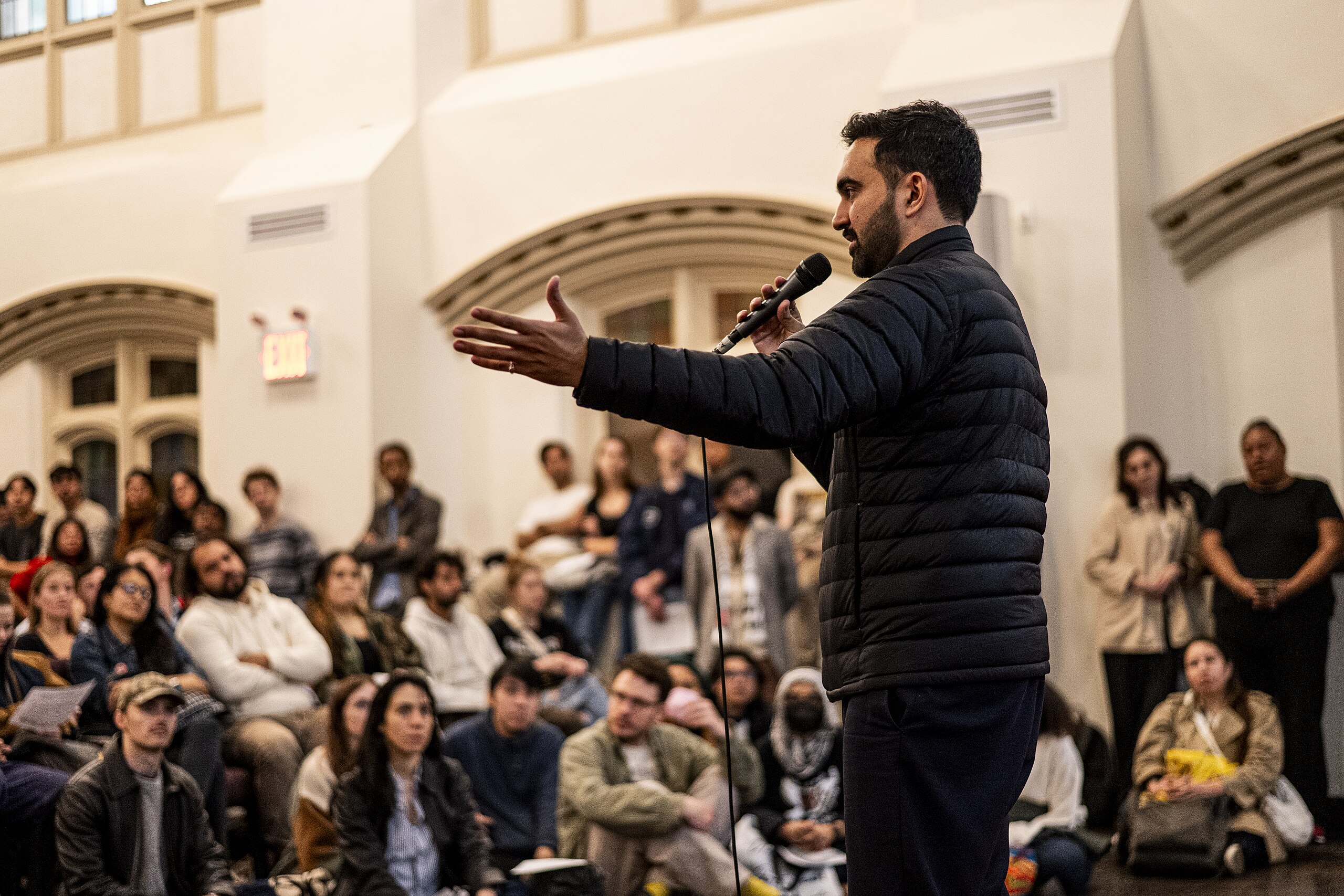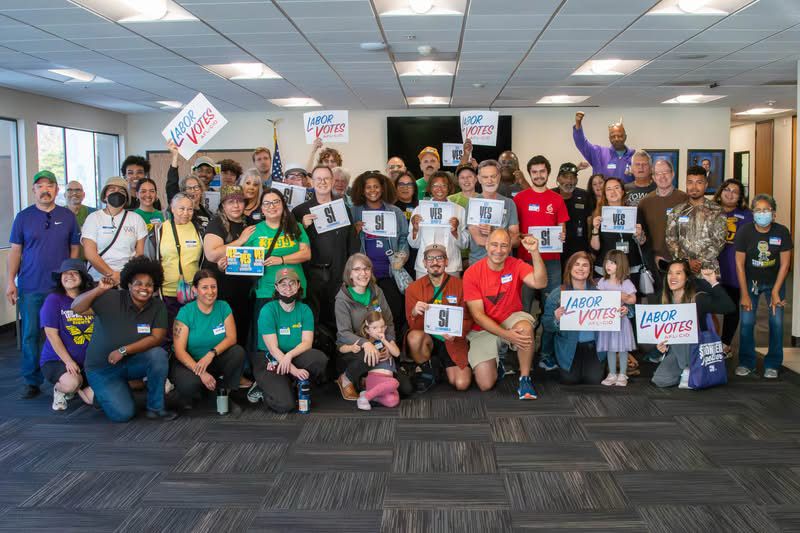Many activists have issues of security on their minds. Many wonder, “What are reasonable precautions we can take to safeguard the identities of our members and the data vital to our organizations’ functioning?”
My answer:
1) Technically very little
2) Politically much more
Technical Defense
The combined security forces of the U.S. (CIA, FBI, NSA, military intelligence, state and local police) employ hundreds of thousands and have a combined budget into the billions.
Is it reasonable to think that we can keep the identities of our members or donors secret, if some part of that massive surveillance bureaucracy wants to know? Should we all mask up at demonstrations and only communicate over the most sophisticated encrypted methods? Given the state’s resources and its legal authorization for data collecting (the Patriot Act, for example), we should assume that they can get the info if they want it and therefore we should assume that they already have it.
Governments constantly surveilled (and worse) a broad array of left, anti-war, and civil rights groups from 1956 to 1971 under COINTELPRO and there’s no reason to assume they stopped just because Congress exposed it.
Therefore to expend our limited resources on security precautions is largely time wasted on an illusory security.
That said, we should not make it easy for them, so here are two common sense security rules we can all follow:
1. Assume your conversations are being monitored. Don’t talk (or even joke) about anything illegal, anywhere—not in offices or our homes, not on the phone, not social media, not email. Get revenge on the feds by making them sit through long discussions of your favorite K-pop groups, and who’s in your March Madness brackets.
2. Beware of provocateurs—anyone who does advocate illegal actions, especially if they say they know where to get the dynamite, should be treated like a cop: demand they shut up and shun them.
These precautions will not make us immune from arrests and other harassment. They only make the cops’ job harder—they ensure that if they do want to bring repression, they will have to do it through dubious legality. History has shown that they will use repression even against individuals who are not breaking any laws and are only engaged in constitutionally protected speech. Mahmoud Kahlil’s imprisonment is an example.
The only reasonably foolproof way to safeguard yourself is not to engage in political activity at all—which is one of the goals of the repressive apparatus.
Political Defense
Preparing our organizations to mount a political defense of those attacked by the government and the legal system will not safeguard us as individuals either. But it will embody the most important principle of solidarity, “An injury to one is the concern of all.” And that is a key to what real options for self-defense we actually have.
The majority of the population supports the principle of free speech and is very aware that political repression has occurred in U.S. history and that the Trump regime poses a grave threat of repression today. Any political defense effort must tap into and mobilize those sentiments on the part of as broad a section of the population as possible.
Three historical examples illustrate this principle.
International Labor Defense (1925-1937)
In response to the “First Red Scare” after World War I, the newly founded Communist Party (CP) formed the International Labor Defense (ILD) in 1925. Contradicting the Party’s (often well-deserved) reputation for sectarianism toward the rest of the left and for behind-the-scenes manipulation through front groups, the ILD strove to build a broad grassroots united front to defend “class war prisoners” of all types—not just Communists but trade unionists (including members of rival organizations), plus victims of anti-immigrant and Jim Crow repression. One issue the ILD agitated around was defense of foreign-born radicals from deportation.
During the 20’s and 30’s it ran very high-profile defense campaigns — Sacco and Vanzetti. Tom Mooney, and the Scottsboro Boys — but also aided hundreds of now forgotten rank-and-file workers victimized by the legal system.
The ILD had a more expansive strategy than simply finding defense lawyers. It combined legal representation, financial support for prisoners and their families, and mass protest to demand their release.
The ILD strove to be a mass membership organization, based on local chapters acting in coordination through a national leadership center. It published a “profusely illustrated” monthly magazine, The Labor Defender, from 1926 to 1937. Priced at a reasonable ten cents, issues ran around 25 pages. At its peak in 1928 circulation included 5,500 individual subscriptions and 16,500 issues sent in “bundles” for supporters to distribute.
Each issue included news and analysis about repression against the left and the labor movement by vigilantes, police, and the courts. But more than that, the Defender was an organization-building tool, highlighting the activities of ILD nationally and locally..
Evaluating the work of the ILD, Bryan Palmer wrote:
If the ILD never quite managed to become [a] truly mass organization… its impact was nevertheless considerable. The ILD grew from 59 to 128 locals in 8 months; 13 September 1925 was declared Labor Defense Day and 34 cities held local conferences. Well over 200,000 pamphlets, leaflets, collection lists, and posters were distributed, and a Paris Commune commemorative week was planned for March 1926….
At the end of 1926, the defense organization claimed 156 branches with 20,000 individual members and fully 75,000 affiliates associated with it by belonging to bodies that offered their collective endorsement. Dues were a modest ten cents a month…(p. 269)
Berkeley Free Speech Movement (1964-65)
In the early 60’s the Berkeley campus of the University of California had rules limiting the kinds of political activity allowed. Young Democrats and Young Republicans faced no restrictions while students in support of civil rights organizing had repeated run-ins with authorities. After campus police arrested a former grad student at a table supporting the Congress of Racial Equality, a spontaneous sit-in led to a campus-wide strike that eventually got the rules against on-campus political activity lifted.
One veteran of the Free Speech Movement recalled a striking feature of their organizing that he thought led to their success:
The [Free Speech Movement] United Front included not only civil rights groups and the socialist clubs, but every political group that sought to organize on campus: the Young Democrats, Young Republicans, Youth for Goldwater, Libertarians, everyone. While the conservative groups drifted away as the struggle intensified against the California establishment, a critical factor in the FSM’s success was that it remained a broad-based coalition, committed to not excluding any political tendency.
United Front Against Fascism (1969)
In July 1969 th Black Panther Party called a conference to form a united front against fascism. More than 4,000 attended, including a broad array of groups. The Panthers proposed a nationwide petition campaign to demand community control of the police, which would be advanced by local chapters of a soon-to-be formed National Committee to Combat Fascism (NCCF).
NCCF chapters were set up in a few cities but on the whole the plan fizzled, nothing was done with the petition signatures collected, and no follow-up national meetings or organizational structures were set up.
Both the prestige of the Panthers on the left and the severity of the social crisis of the late 1960’s drove turnout for the conference. Many groups on the left saw the Panthers as the “vanguard,” and organizations formed by other oppressed groups (Puerto Rican Young Lords Party, poor whites Young Patriots Party, among others) took inspiration from the Panthers, copied their organizational model, and looked to them for leadership.
Government repression pushed attendance too. Waves of unrest in urban Black neighborhoods happened every summer starting in 1964, and widespread use of militant (though usually nonviolent) direct action tactics by a broad range of left groups fuelled repressive government actions. The left recoiled at the electoral successes of reactionary politicians like Richard Nixon and Ronald Reagan (elected governor of California in 1966), who campaigned on “law and order” platforms that sought to give the police free rein to subdue political protest. Warnings of impending fascism seemed realistic to many.
But the moment seemed especially urgent because of the widespread anger at police and FBI targeting of the Panthers, which had resulted in numerous arrests and deaths. The Panthers incorporated memory of their dead into their communications. Panther leaders Huey Newton (1967), Eldridge Cleaver (1968), and Bobby Seale (1968), along with numerous other party members, were all indicted on serious charges and, by 1969, thousands of people had participated in their defense campaigns.
So the prestige of the Panthers on the left and the sense of crisis brought on by government repression account for the initial wide response to the conference. Yet it came to very little in the end.
We can find important principles in the UFAF that should be reaffirmed in current organizing against repression:
1) The united front tactic. This was originally a strategic innovation that became a key principle of the communist movement in Lenin’s time. In the Comintern’s conception it would bring together working class parties to struggle for an agreed-upon set of demands in a coalition which allowed all member groups to maintain their political analysis and platform on other issues while jointly working to achieve the goals of the united front. Open debate about tactics was expected and all parties could participate.
Given the weaknesses of the U.S. left in the 1960’s, UFAF brought together a broad section of the left and thereby countered the fragmentation that was the norm then (and now).
2) Concrete program that could be promoted in many locales. The conference promoted a petition calling for community control of police in both white and Black communities which could be circulated around the country. In Berkeley a campaign was already underway to put a “community control of police” referendum on the ballot and Panther leaders stressed that tactic. While some local groups gathered signatures, no other locales followed the referendum route, so whatever NCCF’s potential to unify the left, it was not realized.
Also instructive, the united front promoted by the UFAF conference had significant limitations that hindered the effort and should be avoided in future political defense efforts:
1) Lack of democracy. The political leadership rested with the Panthers, who devised the community control petition/program and did not include other groups in planning the conference.
The agenda did not include time for debate of any kind but rather featured workshops on numerous topics but no discussion of what an effective anti-fascist organization or program should be. Some groups raised serious disagreements with the program but there was no place to hash any of this out.
2) Lack of leadership. While supporters did found branches of the NCCF in locales as varied as Toledo, Ohio, Sunflower, Mississippi, and Berkeley, the FBI could find only 18-22 locals total eight months later in April 1970. None of the five histories of the Panthers I consulted devoted more than a few pages at most to the UFAF or the NCCF, apparently an idea quickly dropped after the conference ended. Little came of a promising idea which would have helped unify large sections of the U.S. left around a common program.
Lessons
1) DSA should investigate pulling together coalitions against government repression, both locally and nationally.
2) A broad front that defends victims of repression can be built. Who can potentially be organized into it? Bread and Roses’ statement on the abduction of Mahmoud Kahlil identifies millions of people who have an interest in stopping Trump:
We start with the tens of millions of people who are opposed to Trump and his regime. We can add to them the tens of millions of people who did not vote in 2024 and the millions more who voted for Trump reluctantly. These people belong to the mass base of people who abstained or voted for Trump as a protest against the administration of Joe Biden. They did not vote for what Trump is delivering now. That means that a real majority can be built against what is unfolding.
3) That front should be built, as was the Free Speech Movement, on a re-assertion of the right of everyone to freedom of speech and association. Narrow campaigns to assert the rights of only those who have anti-imperialist politics will fail but organizing people regardless of their political ideology of the moment to demand free speech rights for all protects us and other left organizations and ties less radical people to a commitment to defend us when necessary. It isolates the right and government security agencies as the only forces who favor repression
4) Like the International Labor Defense, political defense should be a mass membership project, organized as broadly as possible on the ground in as many places as possible, tied together through a program developed democratically through majority vote.
5) Like the ILD but unlike the UFAF, such a front needs leadership, which should be elected and accountable to the members. It should put important questions of demands, strategy, and tactics before the members for democratic deliberation (if conditions permit).




